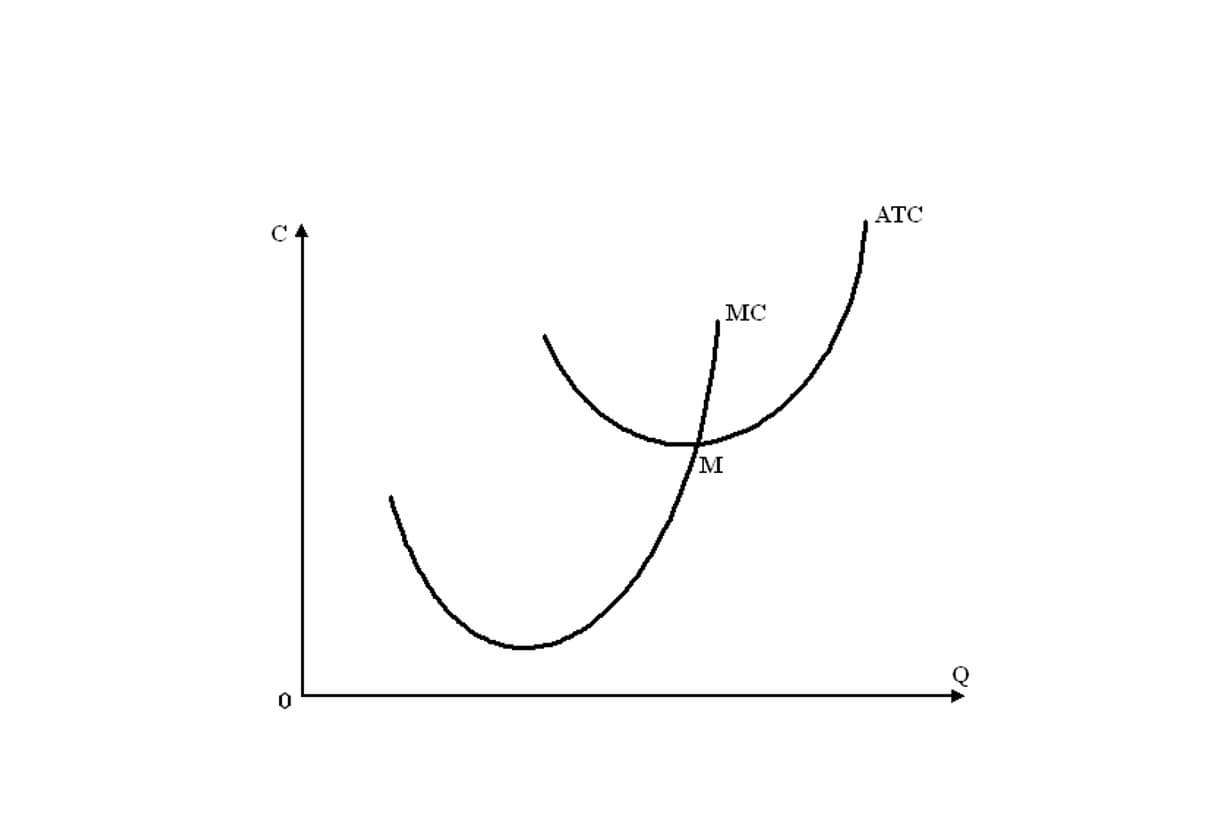
Now, how much amount is transferred to the paid-in capital depends upon whether the company has issued a small or a large stock dividend. This is the net profit or net loss figure of the current accounting period, for which retained earnings amount is to be calculated. A net profit would lead to an increase in retained earnings, whereas a net loss would reduce the retained earnings.
Prior Period Adjustments
We can cross-check each of the formula figures used in the retained earnings calculation with the other financial statements. A statement of retained earnings is a formal statement showing the items causing changes in unappropriated and appropriated retained earnings during a stated period of time. Changes in unappropriated retained earnings usually consist of the addition of net income (or deduction of net loss) and the deduction of dividends and appropriations. Changes in appropriated retained earnings consist of increases or decreases in appropriations. When investors or creditors look at a company’s financial statements, they’ll want to know how much debt it has. Reducing debt with your retained earnings is an excellent way to get into a healthy financial standing and reduce liabilities.
How to prepare a Profit and Loss (P&L) statementArrow right
This bookkeeping concept helps accountants post accurate journal entries, so keep it in mind as you learn how to calculate retained earnings. That said, retained earnings can be used to purchase assets such as equipment and inventory. Accordingly, companies with high retained earnings are in a strong position to offer increased dividend payments to shareholders and buy new assets. To find retained earnings, you’ll need to use a formula to calculate the balance in the retained earnings account at the end of an accounting period.
Step 1 of 3

An accumulated deficit is when a company’s debts total more than its reported earnings on a balance sheet. Holding liquid cash is wise, as investment opportunities may come up during the year. Further, many companies decide to keep cash readily available as unforeseen expenses may come up that weren’t accounted for during the initial budget. With less debt, you should be able to borrow greater loans, pay the money back at a lower interest rate, and grow your business.
See profit at a glance
The retained earnings reflects the current period’s losses, and if those are greater than the retained earnings beginning balance, the number will be negative. Also, a significant distribution of dividends may exceed the retained earnings number, leading to a negative figure. Gather your financial statements and ensure all figures are correct before using the retained earnings formula. When investors are deciding if a business is worth investing in, the first thing they look at is the retained earnings statement for the current financial period and previous periods. The insight this provides tells them the amount of risk they’re assuming by investing in the company; the less risk, the higher likelihood they’ll see a positive return on investment.
- For instance, you would be interested to know the returns company has been able to generate from the retained earnings and if reinvesting profits are attractive over other investment opportunities.
- Retained earnings are not the taxed portion because tax has already been deducted from this total.
- Since stock dividends are dividends given in the form of shares in place of cash, these lead to an increased number of shares outstanding for the company.
- The statement of retained earnings can help investors analyze how much money the company’s shareholders take out of the business for themselves, versus how much they’re leaving in the company to be reinvested.
- However, it can be a valuable statement to have as your company grows, especially if you want to bring in outside investors or get a small business loan.
- This allocation does not impact the overall size of the company’s balance sheet, but it does decrease the value of stocks per share.
Step 3: Add Net Income From the Income Statement
Thus, any item such as revenue, COGS, administrative expenses, etc that impact the Net Profit figure, certainly affects the retained earnings amount. Thus, at 100,000 shares, the market value per share was $20 ($2Million/100,000). However, after the stock dividend, the market value per share reduces to $18.18 ($2Million/110,000). Thus, stock dividends retained earnings normal balance lead to the transfer of the amount from the retained earnings account to the common stock account. There can be cases where a company may have a negative retained earnings balance. This is the case where the company has incurred more net losses than profits to date or has paid out more dividends than what it had in the retained earnings account.

If your business is seasonal, like lawn care or snow removal, your retained earnings may fluctuate substantially from one quarter to the next. Therefore, the calculation may fail to deliver a complete picture of your finances.The other key disadvantage occurs when your retained earnings are too high. Excessively high retained earnings can indicate your business isn’t spending efficiently or reinvesting enough in growth, which is why performing frequent bank reconciliations is important. Lack of reinvestment and inefficient spending can be red flags for investors, too.That said, calculating your retained earnings is a vital part of recognizing issues like that so you can rectify them.
When a company pays dividends to its shareholders, it reduces its retained earnings by the amount of dividends paid. Retained earnings are the portion of a company’s cumulative profit that is held or retained and saved for future use. Retained earnings could be used for funding an expansion or paying dividends to shareholders at a later date. Retained earnings are related to net (as opposed to gross) income because they are the net income amount saved by a company over time. Retained earnings are affected by an increase or decrease in the net income and amount of dividends paid to the stockholders. Thus, any item that leads to an increase or decrease in the net income would impact the retained earnings balance.
However, net income, including dividends and net losses, directly impacts retained earnings, so they are related. Net income is the total amount of money a business makes after subtracting expenses and taxes. Retained earnings are the money that remains at the end of a company’s accounting period, after paying shareholders their dividends. (No offense, accountants.)Essentially, it’s the total income left over after you’ve deducted your business expenses from total revenue or sales. You can find it on your income statement, also known as profit and loss statement. In the final step of building the roll-forward schedule, the issuance of dividends to equity shareholders is subtracted to arrive at the current period’s retained earnings balance (i.e., the end of the period).
Retained Earnings Formula
Retained earnings are also known as accumulated earnings, earned surplus, undistributed profits, or retained income. The decision to retain earnings or to distribute them among shareholders is usually left to the company management. However, it can be challenged by the shareholders through a majority vote because they are the real owners of the company.